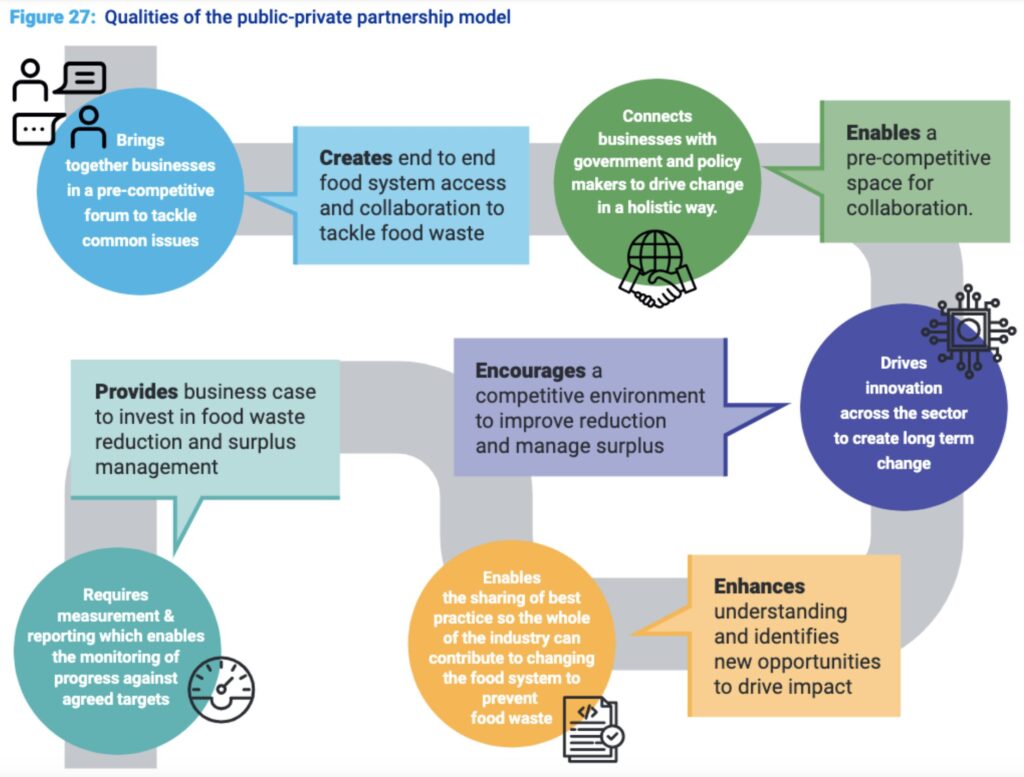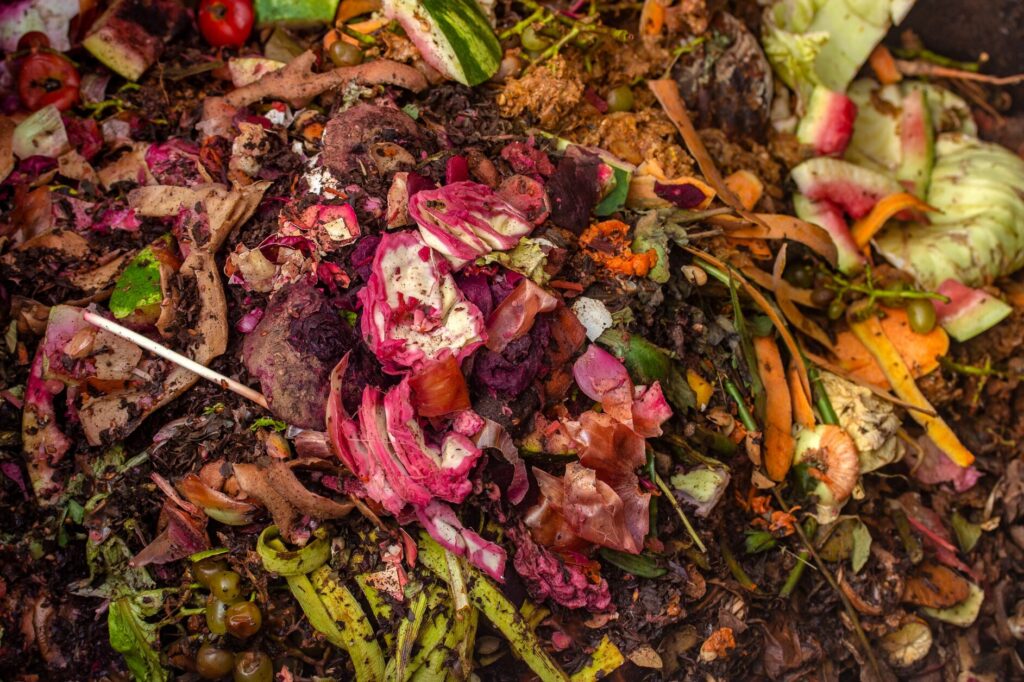USDA, FDA & EPA Renew Agreement for Programme to Reduce Food Loss & Waste
4 Mins Read
US government departments have signed an agreement to renew their collaborative efforts to reduce food waste and loss in the country.
The US Department of Agriculture (USDA), Food and Drug Administration (FDA) and Environmental Protection Agency (EPA) have renewed the Federal Interagency Collaboration to Reduce Food Loss and Waste, a programme to cut food waste in the country.
The development comes three weeks after these agencies announced a Biotechnology Regulatory Plan to implement regulatory reforms. In addition to the three departments, the US Agency for International Development (USAID) has joined the partnership to expand its reach internationally, marking a significant expansion for the programme.
“By renewing this agreement and adding USAID into the effort, we affirm our shared commitment to coordinated action to reduce food loss and waste and educate Americans on its impacts and importance,” said agriculture secretary Tom Vilsack.
FDA commissioner Robert M Califf added: “The FDA is committed to achieving the goal of a 50% reduction of food loss and waste by 2030 through a whole-of-government approach in collaboration with the USDA, EPA and USAID.”
Public-private partnerships key to cutting food waste

In the US, 38% of all food goes to waste, worth a massive $473B. Much of this food waste is landfilled, responsible for 58% of methane emissions from solid municipal waste landfills. This waste also causes emissions equivalent to those of over 50 million gas-powered cars.
This is despite nearly 13% of households facing food insecurity at some point in the year. The amount of food lost or wasted could feed around 46 million Americans – or the entire states of New York and Florida combined, plus some change.
This is why the Federal Interagency Collaboration was formed in 2018. Renewed in December 2020 too, the alliance has published a draft national strategy to reduce food loss and waste and recycle organics, and is currently working to produce a finalised plan. It’s a step towards meeting the aforementioned goal of halving food waste and loss by the end of the decade.
The federal agencies will produce educational and guidance materials, and conduct outreach, community investments, voluntary programmes, technical assistance, policy discussion, and public-private partnerships. One example of a public-private alliance is the expansion of the US Food Loss and Waste 2030 Champions, which has grown from 30 members in March 2020 to 50 now. These businesses have made commitments to cut food waste in half by 2030, and include giants like Danone, Smithfield Foods, Starbucks, Sysco, and Tyson Foods.
By joining the coalition, USAID enables the government to reach international stakeholders while leveraging federal resources better. Additionally, the agencies will work with external partners to help the private sector drive domestic and global efforts to reduce food loss and waste. The Federal Interagency Collaboration has also signed an agreement with non-profit ReFED to help evaluate the technical implementation of food waste strategies.
These actions will allow them to reduce GHG emissions, help households and businesses save money, and build cleaner communities. “Individually and collectively, each of these agencies is working to combat food loss and waste from farm to table,” said Vilsack.
USDA has invested $57M to address food waste

Alongside the agreement, the USDA has also announced $4M in funding for the cause through its National Institute of Food and Agriculture. This is directed to a $1.5M Center for Research, Behavioral Economics and Extension on Food Loss and Waste, and a $2.5M Pilot Consumer Education Campaign on Food Loss and Waste.
The centre, led by Purdue University, will conduct research and outreach on policies addressing food system inefficiencies, focusing on underserved audiences and the next generation of young adults. It will further develop a National Extension Food Loss and Waste strategy in line with other federal guidance.
Ohio State University, meanwhile, will lead the pilot programme to develop educational messages to help cut household food waste, lessons from which will be used to create an integrated education programme for local consumer food waste reduction campaigns.
The USDA has invested a total of $57M from the American Rescue Plan Act to reduce food waste and loss. This includes a $30M investment in the Composting and Food Waste Reduction cooperative agreements; $15M in community food projects and sustainable agriculture research grants to get surplus food to those in need and develop connections between food producers and recovery organisations; and $10M in Food and Agriculture Service Learning Program awards to educate children and youth about the issue.
Globally, nearly a third of all food produced gets wasted or lost, according to the UNEP’s Food Waste Index Report 2024. Household waste alone accounts for 60% of the total. Overall, this amounts to 8-10% of the world’s emissions, but the UNEP suggests that cross-sector collaborations like the 2030 Champions can help decrease food waste and its impact on climate and water stresses.
“Public-private partnerships are one key tool delivering results today, but they require support: whether philanthropic, business, or governmental, actors must rally behind programmes addressing the enormous impact wasting food has on food security, our climate, and our wallets,” said Harriet Lamb, CEO of food waste charity WRAP, which co-authored the UNEP report.



